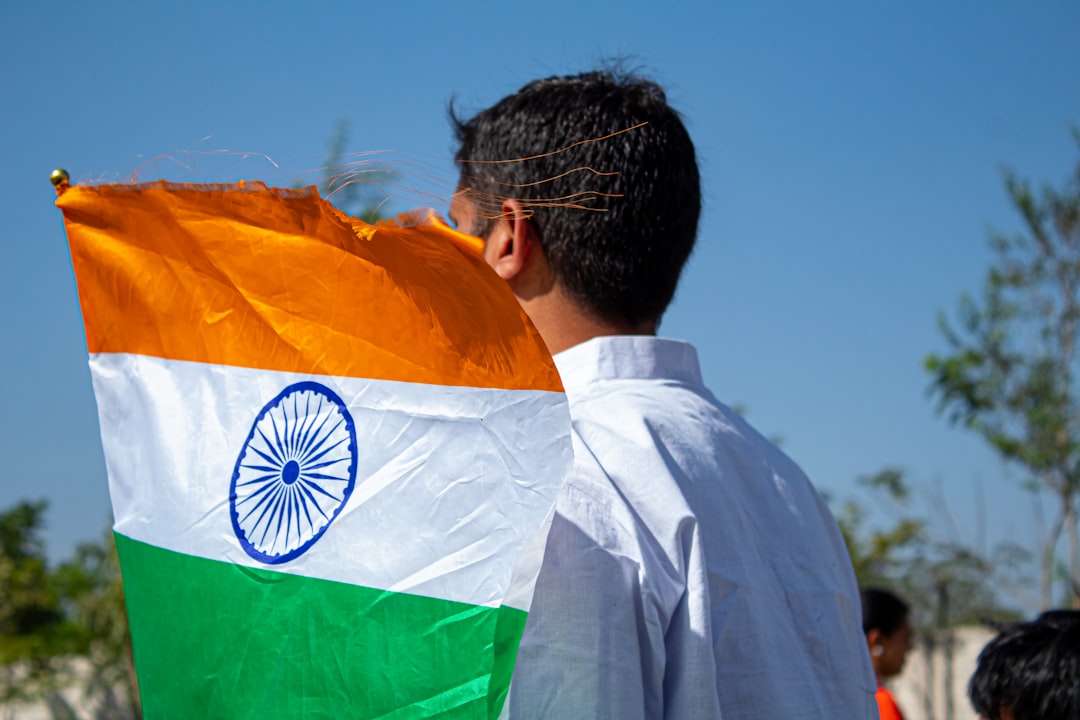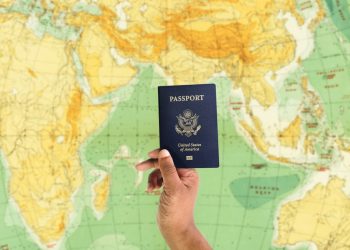No products in the cart.
Navigating the Return: Indian Government’s Support for Nationals Heading Back to the US
With a directive from the Indian government, missions are now tasked with aiding nationals returning to the US. What does this mean for the global workforce?
In a world where borders seem to blur more each day, the call of home rings loud. Recently, the Indian government took a significant step by directing its missions abroad to assist nationals returning to the United States. This initiative comes at a time when global mobility is both a privilege and a challenge, especially in the post-pandemic landscape.
For many, the journey back to the US represents not just a return to familiar ground but also a leap into the unknown. With changing immigration policies and fluctuating job markets, the Indian government’s directive aims to provide a safety net for its citizens transitioning back into life in America.

The backdrop of this initiative is a complex interplay of economic factors and the evolving nature of work. As businesses scramble to adapt to a new normal, professionals are left navigating a maze of opportunities and obstacles. The Indian diaspora in the US has long been a vital cog in the economy, contributing not just through their labor but also via innovation and entrepreneurship.
 Artificial Intelligence
Artificial IntelligenceElevating AI Literacy in Journalism Education
Journalism schools are evolving to teach AI literacy, equipping students with essential skills for the future of media and data…
Now, as many Indians prepare to return, the government’s support could prove crucial. It offers not only logistical assistance but also a sense of solidarity. This is particularly important for those who may feel isolated or overwhelmed by the transition.
As businesses scramble to adapt to a new normal, professionals are left navigating a maze of opportunities and obstacles.
One such individual is Priya Sharma, a tech professional who spent the last two years working remotely in India. “I thought it would be easy to just pack my bags and head back to the US,” she shares. “But the reality is complicated. Between visa regulations and job hunting, it’s a giant puzzle.” With the government’s new directive, she feels a renewed sense of hope. “Knowing that there’s support out there makes a big difference,” she adds.
As the Indian missions ramp up their efforts, they are focusing on providing vital resources: from legal advice on immigration to job placement services. These initiatives are designed to empower returning nationals, ensuring they are not just thrown back into the workforce but are equipped to thrive.
However, this support is not without its challenges. While the government’s intentions are clear, the effectiveness of these measures remains to be seen. Many questions linger: How will these missions implement the new directives? What specific resources will be available? And perhaps most importantly, how will they adapt to the diverse needs of individuals returning?
 Business Innovation
Business InnovationYouth Culture as a Catalyst for Market Innovation
Discover how Gen Z's values are transforming brands worldwide, driving innovation and sustainability in today's market.
Read More →The Indian government’s proactive stance also reflects a broader trend in global migration policies. Countries are increasingly recognizing the importance of supporting their citizens abroad, particularly in turbulent times. This shift is not just about providing assistance; it’s about fostering a sense of community and belonging, no matter where one finds themselves in the world.
Looking ahead, the success of this initiative could set a precedent for other nations. As global mobility continues to evolve, countries may need to rethink their approach to citizens living and working abroad. The Indian government’s directive could serve as a model for how to navigate these complexities, balancing national interests with the needs of individuals.
These initiatives are designed to empower returning nationals, ensuring they are not just thrown back into the workforce but are equipped to thrive.
As the world becomes more interconnected, the role of governments in supporting their citizens abroad will only grow. The Indian government’s recent move may just be a small part of a larger narrative, one that includes the hopes and aspirations of millions of individuals seeking to carve out their place in the global landscape.











